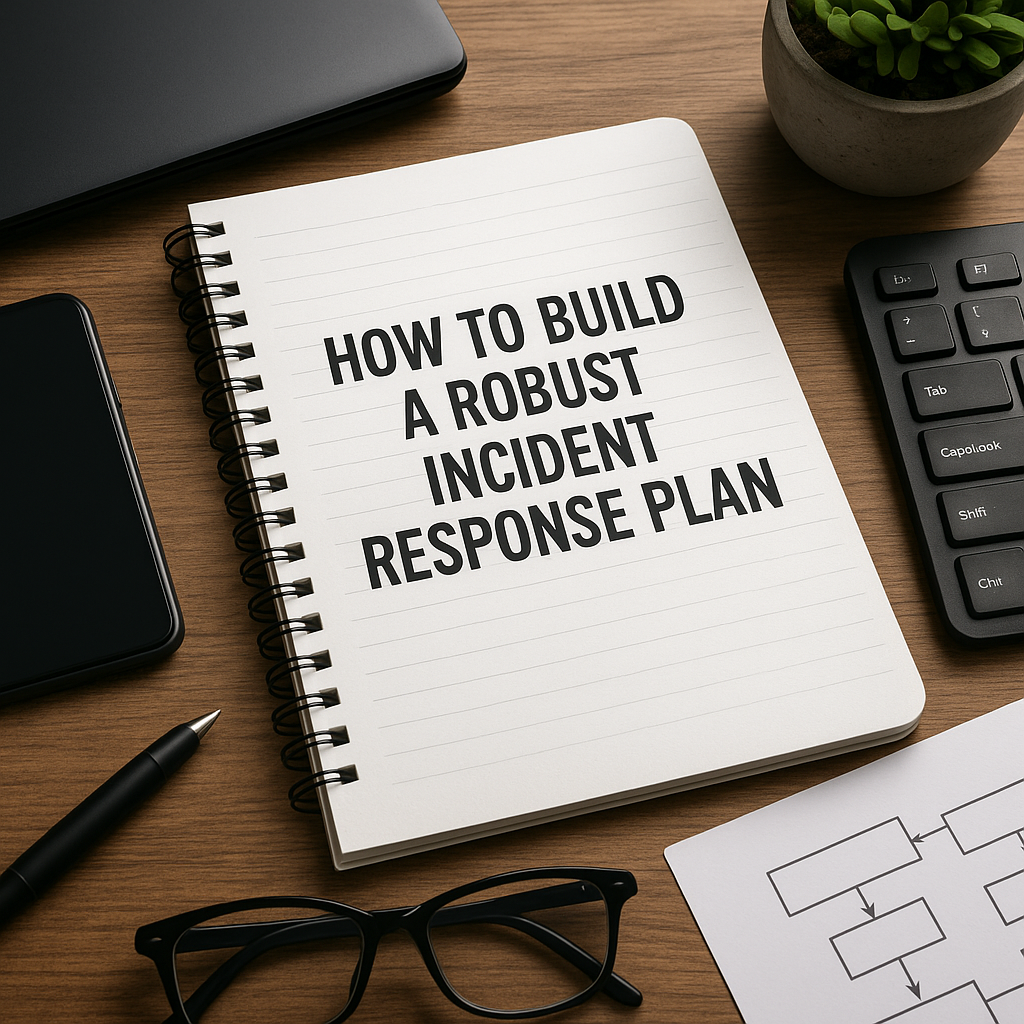Building a comprehensive incident response framework is essential for organizations aiming to protect their digital assets and maintain operational continuity. A well-structured plan equips businesses to swiftly detect, analyze, and mitigate security breaches, minimizing financial losses and reputational damage. This guide will walk you through critical steps to develop a robust strategy that aligns with industry best practices and regulatory requirements.
Understanding Your Threat Landscape
Effective preparation begins with a thorough assessment of the internal and external risks targeting your environment. By cataloging assets, mapping potential attack vectors, and analyzing historical incidents, you gain the insight needed to prioritize defensive measures.
- Asset Inventory: Compile a comprehensive list of hardware, software, and critical data repositories.
- Risk Assessment: Evaluate vulnerabilities, likelihood of exploitation, and potential impact on business operations.
- Threat Modeling: Leverage threat intelligence feeds to anticipate adversary tactics and techniques.
- Business Impact Analysis: Identify mission-critical processes and quantify downtime costs.
Maintaining an updated risk register ensures that your incident response team remains focused on high-priority targets, aligning resources with evolving threat trends.
Designing the Incident Response Framework
An efficient response framework outlines clear steps and roles for every stage of the incident lifecycle. Adopting a phased approach ensures consistency and repeatability during high-pressure scenarios.
Preparation Phase
- Policy Development: Establish an incident response policy that defines scope, objectives, and compliance requirements.
- Playbooks and Runbooks: Document detailed procedures for common incident types (e.g., malware outbreaks, data exfiltration).
- Training and Awareness: Conduct tabletop exercises and phishing simulations to test team readiness.
- Tool Deployment: Implement monitoring solutions, endpoint detection, and secure communication channels.
Detection and Analysis
- Monitoring and Alerting: Configure real-time alerts on suspicious activities (e.g., anomalous logins, large data transfers).
- Event Triage: Classify incidents by severity and potential business impact.
- Forensic Data Collection: Capture memory dumps, network traffic, and system logs for in-depth forensics.
- Root Cause Analysis: Identify the attack vector, threat actor motives, and exploited vulnerabilities.
Containment, Eradication, and Recovery
- Short-Term Containment: Isolate affected systems to prevent lateral movement.
- Long-Term Containment: Apply temporary fixes (e.g., network segmentation, patched configurations).
- Eradication: Remove malware, compromised accounts, and malicious code from the environment.
- Recovery: Restore systems from clean backups, validate integrity, and bring services back online.
Prioritizing swift containment and systematic eradication minimizes collateral damage and accelerates the recovery process.
Post-Incident Review
- Lessons Learned: Convene stakeholders to assess response effectiveness and identify gaps.
- Reporting: Compile a detailed incident report highlighting timelines, decision points, and resource allocation.
- Process Improvement: Update policies, playbooks, and training programs based on findings.
- Regulatory Compliance: Ensure documentation meets audit requirements and legal obligations.
Continuous refinement of procedures and protocols enhances overall resilience against future attacks.
Establishing Roles and Responsibilities
Achieving a swift and coordinated reaction requires a dedicated team structure with clear accountability. Assign individuals whose expertise spans technical, legal, and public relations domains.
- Incident Response Manager: Oversees the entire process, makes strategic decisions, and liaises with executives.
- Security Analysts: Perform real-time monitoring, initial triage, and in-depth analysis of suspicious events.
- IT Operations: Execute containment, eradication, and system restoration under guidance from analysts.
- Legal and Compliance: Advise on reporting obligations, data privacy laws, and potential liabilities.
- Communications Lead: Manages internal updates and media relations, following a defined communication plan.
- External Partners: Engage third-party vendors for specialized services like malware reverse-engineering or executive coaching during crises.
Regular cross-team drills and workshops foster collaboration and ensure that all stakeholders understand their roles under pressure.
Implementing Tools and Technologies
Modern incident response relies on a combination of automated solutions and manual expertise. Selecting the right mix of platforms enhances detection capabilities, accelerates analysis, and streamlines recovery.
- Security Information and Event Management (SIEM): Correlates logs from diverse sources and triggers alerts.
- Endpoint Detection and Response (EDR): Monitors device-level activity and enables remote remediation.
- Network Traffic Analysis: Identifies anomalies in east-west and north-south data flows.
- Threat Intelligence Platforms: Centralize threat feeds and facilitate proactive hunting.
- Case Management Systems: Track incident progress, assign tasks, and maintain audit trails.
- Automation and Orchestration: Use playbook-driven workflows to reduce manual effort and response times.
Integrating these solutions fosters greater situational awareness and empowers teams to operate with precision and speed.
Maintaining and Evolving the Plan
An incident response plan must evolve in parallel with your organization’s technology stack, threat environment, and regulatory landscape. Regularly scheduled reviews and updates guarantee that procedures remain effective and aligned with business goals.
- Annual Audits: Validate compliance with internal policies and external regulations.
- Metrics and KPIs: Track mean time to detect (MTTD), mean time to respond (MTTR), and incident recurrence rates.
- Feedback Loops: Incorporate insights from live incidents and tabletop exercises.
- Continuous Training: Onboard new hires and offer refresher courses for seasoned team members.
- Vendor Assessments: Reevaluate third-party tools and services to ensure optimal performance and cost efficiency.
Emphasizing ongoing automation and robust documentation transforms your incident response strategy from a static asset into a dynamic organizational capability.



